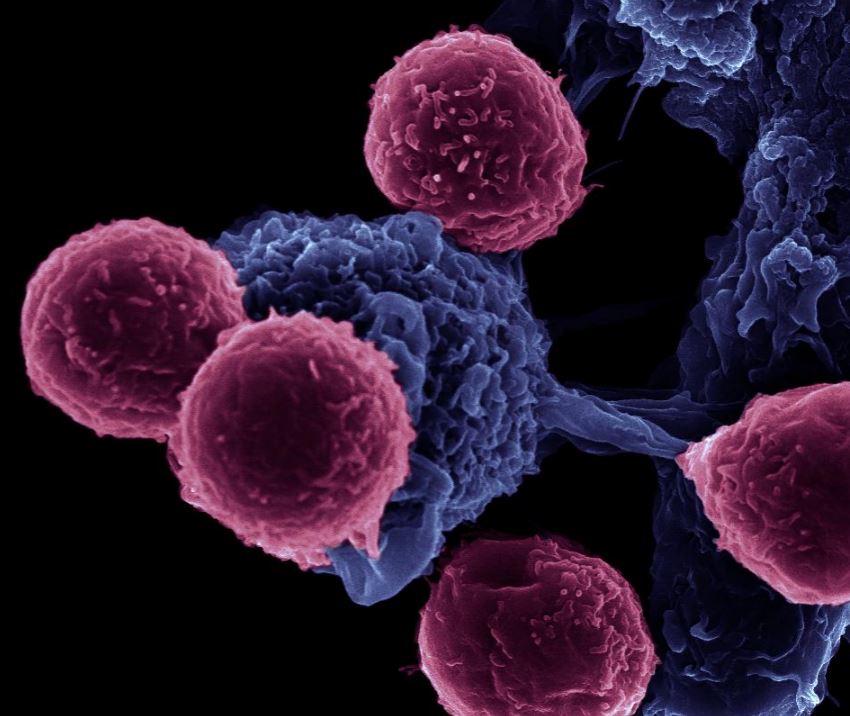It's Tuesday, which means MD Biosciences is providing coverage of the latest fascinating and innovative discoveries happening all over the world across a wide variety of disciplinary areas. This week's blog is compiling posts from science journals including ScienceDaily, Stem Cell, Gen News and Molecular Nutrition and Food Research. Skim the titles below to catch up on what is happening and follow the links to read more about something that catches your eye!
Cerebral Organoids Generated To Detect Neural Activity: A Method To Understand Human Brain Function
Reported by Stem Cell, researchers from Kyoto University in Japan have mimicked cerebral development by artificially growing 3D, tissue cultures of cerebral organoids from pluripotent stem cells to resemble human brain functioning. The goal is to be able to study complex developmental and neurological disorders by creating a functional analysis tool to evaluate the dynamic changes that occur in the neuronal networks. Such studies can be challenging because cerebral organoids do not have supporting structures like blood vessels, limiting the accuracy of such models.
Nerve Cell Voltage and Possible Therapies for Spinal Cord Injuries
Researchers at the University of Missouri believe a recent discovery could provide doctors with a way to trick neurons into thinking the body is still functioning normally. This could potentially allow for normal nerve function even after an injury. Learn more about this groundbreaking therapeutic treatment for spinal cord injuries by following the link. Reported by Gen News. MD Biosciences offers a novel, rapid in-vitro assay for the screening of compound effects in nerve injury, learn more by clicking below.

Phenols In Cocoa Beans Reverse Chronic Inflammation In Mouse Model
At the University of Illinois at Urbana-Champaign, a new study shows three of the phenolic compounds in the shells of cocoa beans have profound effects on immune and fat cells in mice, suggesting reversal of chronic inflammation and insulin resistance often associated with obesity. Cocoa shells have high levels of protocatechuic acid, epicatechnin and procyanidin B2, which are also found in cocoa, green tea and coffee. The overall goal of the researchers' work was to test whether these compounds were efficacious against macrophages to eliminate or decrease inflammatory biomarkers. Was published in Molecular Nutrition and Food Research.
Antihistamine Drug Reverses Glioblastoma Growth
A murine study out of the University of Helsinki found that glioblastoma, the most aggressive form of brain cancer, can be halted by an antihistamine drug that is known to trigger cell death caused by leaky lysosomes. The team found an association between the fatty acid binding protein mammary-derived growth inhibitor (MDGI) and poorer prognosis in patients. Their work previously identified MDGI as a glioma biomarker of invasive gliomas, and linked increased expression of the protein with more severe glioma grade. Reported by Gen News. MD Biosciences offers advanced biomarker analytical capabilities, learn more below!

Emotional Mirror Neurons Found In Rat
Brains of rats activates the same cells when they observe others' pain as when they themselves experience pain. With no activation of mirror neurons, rats no longer experience the pain of others. For the first time, scientists at the Netherlands Institute for Neuroscience successful tested the theory of empathy in rats. Rats received an unpleasant stimulus (a mild shock) and researchers recorded what happened within the brain and the rats' behavior. Rats' natural reaction to unpleasant stimuli is to freeze; they exhibited this same behavior when they watched another rat experience unpleasant stimuli. Enter mirror neurons! Rats feel us, too. Published in Current Biology. A study like this could be further enhanced by using MD Biosciences' behavioral analysis and recording capabilities...to learn more, follow the button below.


Hope you enjoyed this week's top finds! Check back next week for more and always feel free to reach out with study inquiries.







